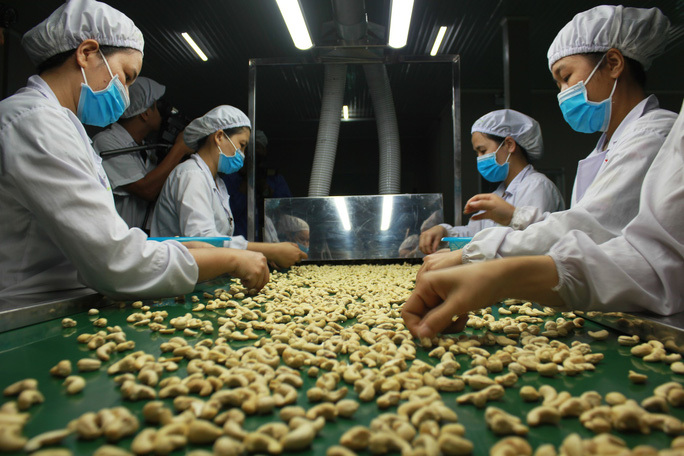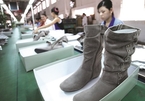Losses and gains
Pham Thai Binh, general director of Trung An Hi-tech Agriculture, said Vietnam’s rice exports to China have stalled since the second half of 2018 because of the sharp fall of the market. The move by the Chinese central bank to devalue the yuan will worsen the situation.

“It will need more yuan to convert into dollars to import rice from Vietnam. Chinese importers will have to consider imports. The rice export volume is expected to continue to decrease,” he said.
According to Tran Van Linh, chair of Thuan Phuoc Seafood and Trade, yuan depreciation will affect exports to China because Vietnamese products will become more expensive.
However, the businessman is optimistic about exports.
| Businesses are optimistic about the prospects of the two largest export markets, the US and China, after the Chinese yuan for the first time fell from the ‘red line’ since 2008 to 6,9225 yuan per dollar. |
“Besides China, Vietnam has many other potential markets in the world, especially because China, which was a seafood exporter, has become a big importer and is no longer a strong rival for Vietnam,” he said.
Huynh Quang Thanh, CEO of Hiep Long Woodwork Processing, thinks that Chinese woodwork may arrive in Vietnam thanks to the low prices backed by a weak yuan. However, as these imports don’t have high quality, they ate sold to a limited group of customers. Vietnam’s high-quality woodwork products will still hold their firm positions in the market.
Pham Trung Cang, chair of Tan Dai Hung Plastics JSC, also said the enterprise’s export activities remain unaffected by the Chinese escalation in the trade war. The business, to some extent, has become even more favorable since importers have shifted orders from China to Vietnam to avoid taxes.
The cashew industry in the first half of the year saw a sharp rise in cashew nut exports to China by 53.2 percent in quantity and 24.8 percent in value compared with the same period last year.
Dang Hoang Giang, deputy chair of Vinacas, commented that Chinese importers might have anticipate the escalations in the US-China trade war and decided to buy more in H1.
According to Giang, the US and China remain Vietnam’s two leading markets which consume 32 percent and 13 percent of total exports, respectively.
“The devaluing of the Chinese yuan will lead to lower demand for Vietnam’s products in the short term. However, we believe that the US dollar/dong and yuan/dong exchange rates will facilitate export activities,” he said, adding that cashew nut exports have been going well.
Kim Chi

Vietnam’s footwear industry concerned about trade war
The Vietnamese footwear market may face problems if the US imposes a tariff of 25 percent on Chinese products in the current trade war.

US-China trade war brings more challenges than opportunities
Many Vietnamese enterprises are keeping a close eye on the escalating US-China trade war and have said the challenges from it outnumber the opportunities for them.
 Businesses are optimistic about the prospects of the two largest export markets, the US and China, after the Chinese yuan for the first time fell from the ‘red line’ since 2008 to 6,9225 yuan per dollar." itemprop="description" />
Businesses are optimistic about the prospects of the two largest export markets, the US and China, after the Chinese yuan for the first time fell from the ‘red line’ since 2008 to 6,9225 yuan per dollar." itemprop="description" />